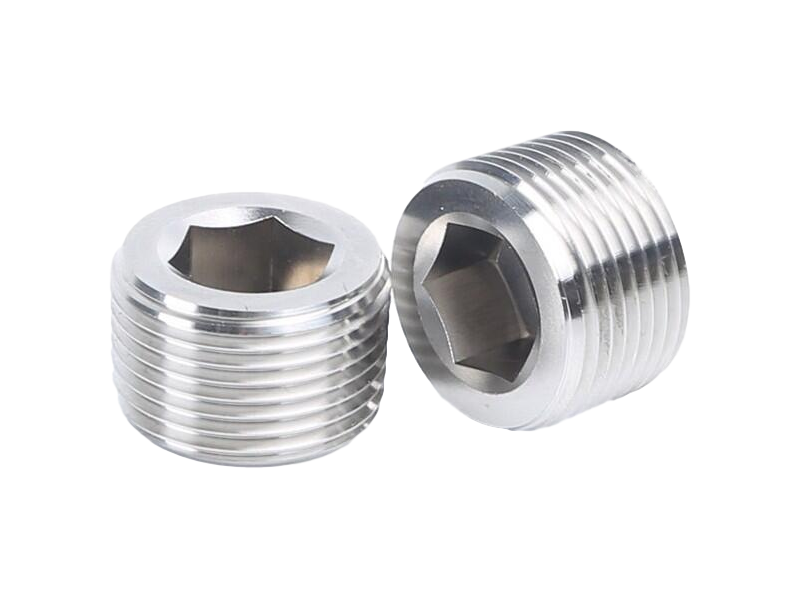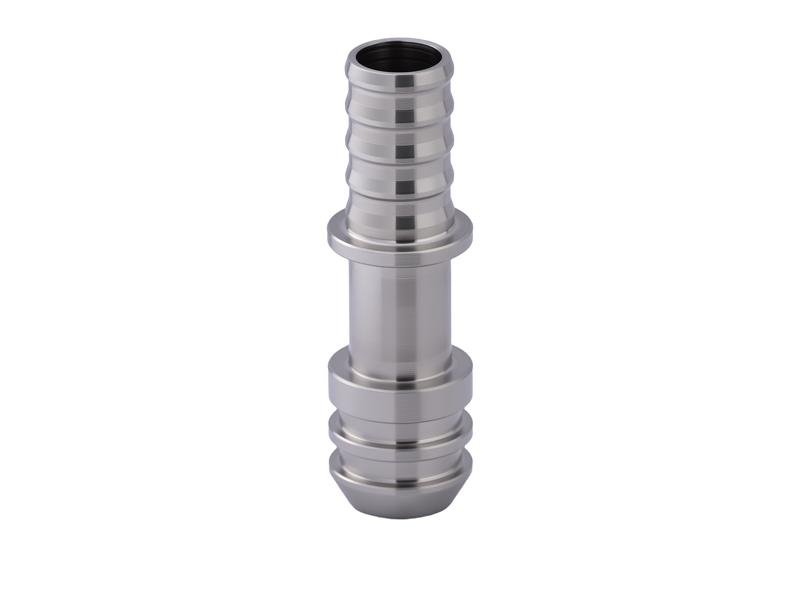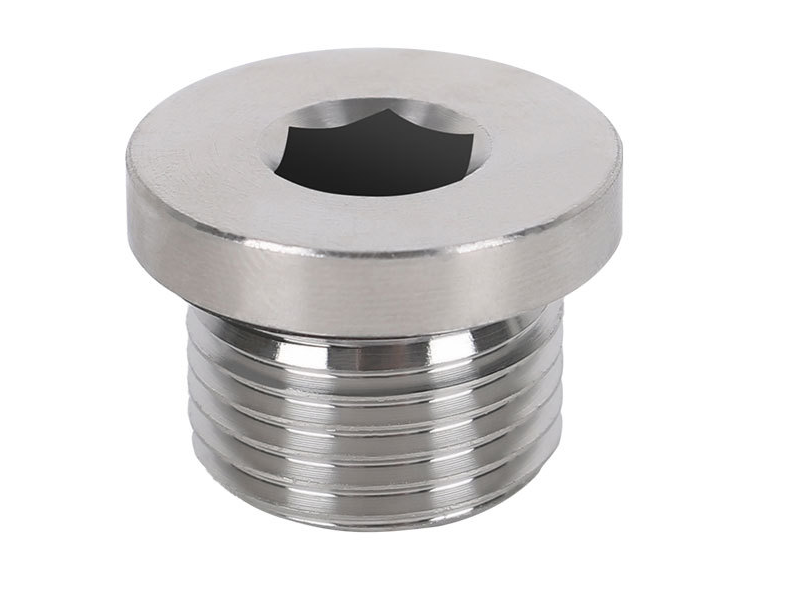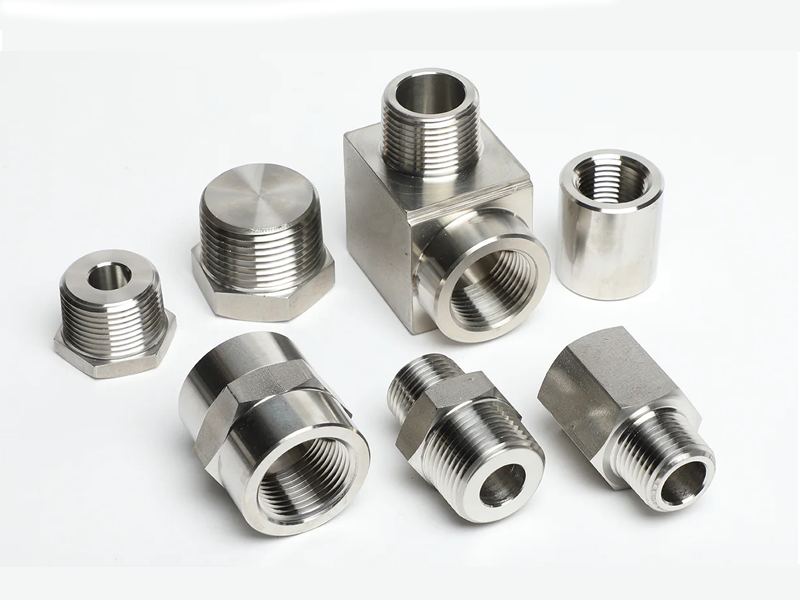How to Connect Galvanized Pipes & Fittings?
Galvanized pipe fittings are essential for plumbing, HVAC, and industrial systems. They connect pipes, change flow direction, and ensure leak-proof performance. This guide covers galvanized pipe connection methods, common types of pipe fittings, and solutions for rusted joints.
Why Choose Galvanized Pipe Fittings?
✔ Corrosion-resistant – iron pipe fittings surface zinc coating protects against rust.
✔ High strength – carbon steel pipe fittings is Suitable for high-pressure water/gas systems. customer could choose low ,middle , high hardness.
✔ Safe for potable water – steel pipe fittings prevents steel contaminants.
✔ Durable – Withstands outdoor and harsh environments.
✔ Price:cheap price and competive performance
Common Types of Pipe Fittings
- Galvanized Steel Pipe Fittings – Ideal for water/gas lines.
- Cast Iron Pipe Fittings – Used in drainage/sewage systems.
- Black/Stainless Steel Pipe Fittings – For high-temperature/pressure applications.
How to Connect Galvanized Pipes?
A. Threaded Pipes:
- Wrap threads with PTFE tape or apply pipe dope.
- Hand-tighten, then secure with two pipe wrenches.
B. Non-Threaded Pipes:
- Measure pipe inside/outside diameters.
- Select smooth/special connectors
- Align pipes, mark positions, and tighten bolts evenly
C. Welding (Not Recommended):
⚠️ Challenges: Zinc fumes, weld porosity, corrosion risk.
✅ Solution: Remove zinc coating before welding, then repaint.
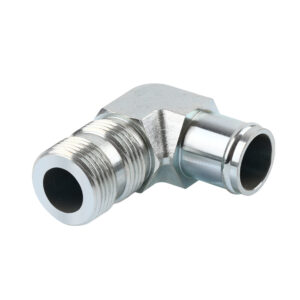
Fixing Rusted Galvanized Pipes
- Apply penetrating oil to rusted joints.
- Use two pipe wrenches to loosen nuts (turn counterclockwise).
- Replace damaged fittings with new galvanized/cast iron fittings.

